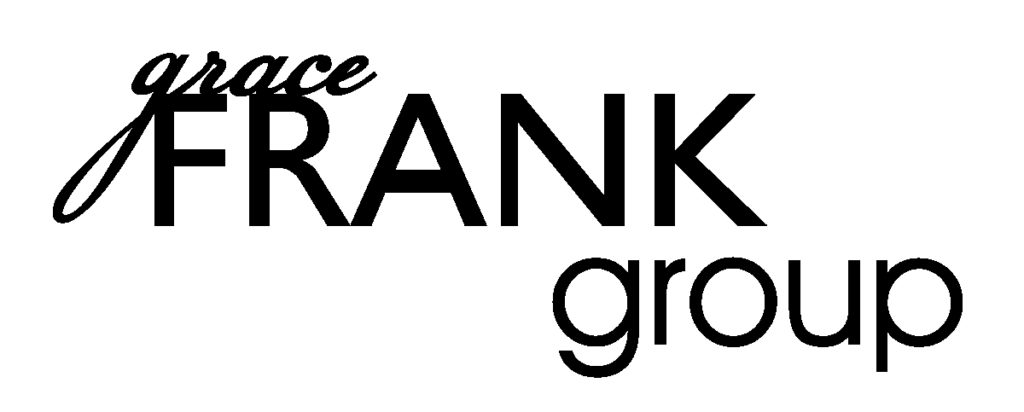Treasuries Rally as Fed Lowers Outlook for Interest-Rate Rise
- 10-Year Treasury Yield currently down 13 basis points @ 1.92%
- 2-Year Treasury Yield currently down 12 basis points @ 0.55%
- Steepness of the Yield Curve remains at 136 to 137 basis points (10-Year Yield minus 2-Year Yield)
(Bloomberg) — Treasuries rallied, sending benchmark 10-year yields below 2 percent, after the Federal Reserve lowered its estimates for interest rates and economic growth. The central bank said it will need to see more gains in the jobs market and gain confidence that inflation is rising, even as it dropped its pledge to be “patient” in is its approach to a less-stimulative monetary policy. Fed Chair Janet Yellen, during a news conference in Washington, didn’t rule out a June interest-rate increase. “This is a very positive statement for the bond market because it says the Fed will move extremely slowly if and when it does begin to raise rates,” said Gary Pollack, who manages $12 billion as head of fixed-income trading at Deutsche Bank AG’s Private Wealth Management unit in New York. “The Fed will not be raising rates until the Fed feels confident” that inflation is approaching its 2 percent target, he said.
The yield on the benchmark 10-year note fell eight basis points, or 0.08 percentage points, to 1.97 percent as of 2:25 p.m. in New York, according to Bloomberg Bond Trader data. The yield fell the most since Jan. 15 and reached the lowest level since Feb. 9. “It’s pricing in a less-active Fed,” said Richard Schlanger, a money manager at Pioneer Investments in Boston, which manages $30 billion in fixed income. “In the near term, everyone’s going to breath a sign of relief that the Fed is willing to go slow in the tightening.”
Fed Outlook
Fed officials lowered their median estimate, known as the dots, for the federal funds rate at the end of 2015 to 0.625 percent, compared with 1.125 percent in December forecasts. “The downward shift in the ’dots’ was one of the most notable aspects of today’s decision,” said Brian Smedley, an interest-rate strategist at Bank of America Corp. in New York. “There seems to be a consensus emerging for two hikes in 2015. The median dot moved down in both 2015 and 2016 and in future years.”
The Fed’s median estimate for the end of 2016 declined to 1.875 percent from 2.5 percent, according to the Federal Open Market Committee’s quarterly Summary of Economic Projections. The Treasury market’s inflation expectations for the next five years rose the most since September 2012 when the Fed announced a third program of bond purchases on the reduction of forecasts for rising prices.
Inflation Measure
The five-year break-even rate, which reflects the bond market’s forecast for the average pace of consumer price increases for the that period, rose for the first time in a week to 1.49 percentage points. “The market is basically saying you’ve expected inflation to rise gradually to 2 percent over the medium term quite consistently, and quite consistently it’s missed,” said Margaret Kerins, the Chicago-based head of fixed-income strategy at Bank of Montreal. “The market is discounting the 2016 and 2017 central-tendency expectations for inflation and is focusing on the downgrade in 2015.” The Fed lowered its assessment of the economy, saying growth has “moderated somewhat.” In January, it said the economy was “expanding at a solid pace.” Export growth has weakened and the housing recovery remains slow, according to this month’s statement. The Fed is preparing to tighten even as stagnant growth elsewhere prompts central banks in Europe, China and Japan to ease policy. That has put upward pressure on the dollar, which has jumped more than 4 percent since Fed policy makers last met on Jan. 28, posing a potential headwind to growth as American exports become more expensive.
Economic Confidence
“The statement seems to suggest they have confidence in their ability to increase the trend in inflation over the intermediate term, even under the constraints of a stronger dollar and a weaker oil price,” said Christopher Sullivan, who oversees $2.4 billion as chief investment officer at United Nations Federal Credit Union in New York. Strong job creation has continued to support the case for higher rates in recent months. Labor-market growth was stronger than expected in February, following the best year for job creation since 1999. But wages and broader measures of inflation are under pressure, as wholesale prices made a surprise decline last month. That led to Treasury market volatility this year, with yields on the 10-year note falling as low as 1.64 percent before they reached 2.24 earlier this month. Treasuries of all maturities have returned 1 percent this year through Tuesday, after gaining 6.2 percent last year, according to the Bloomberg U.S. Treasury Bond Index. The Fed has held its target for the federal funds rate at virtually zero since December 2008 to bolster the economy after the worst recession in seven decades.

